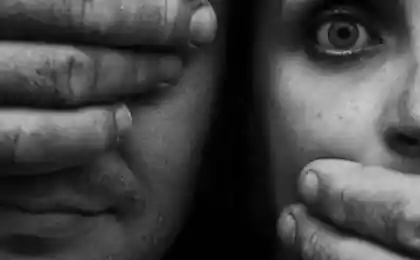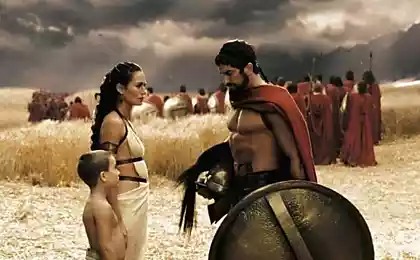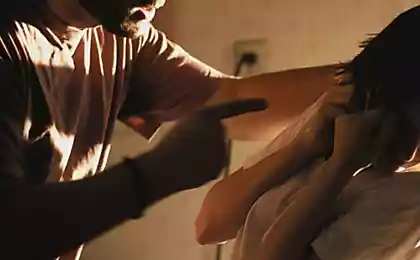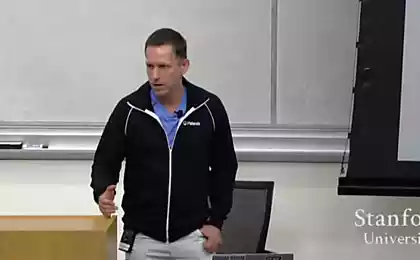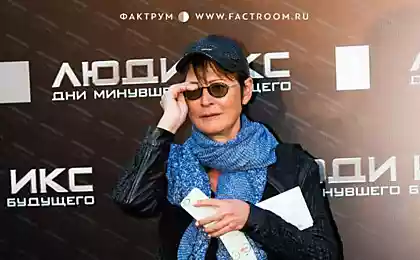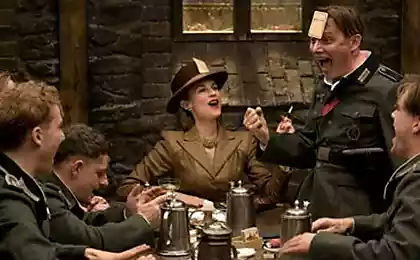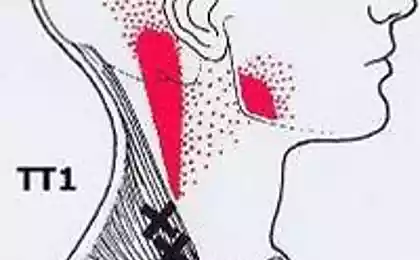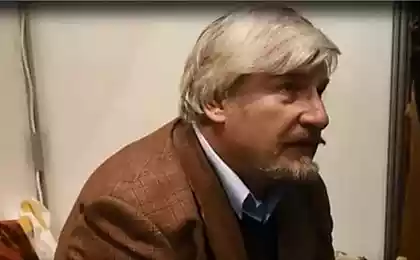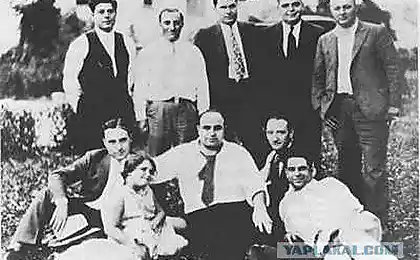200
State and Mafia: Points of Intersection and Fundamental Differences

Visual representation of parallels between official and shadow power structures
The state and the mafia are at first glance the opposite. One is associated with law, order and the public good, the other with crime, violence and the shadow economy. However, a deeper analysis reveals surprising parallels between these institutions, as well as fundamental differences that determine their role in society. This in-depth analysis allows us to better understand the nature of power, legitimacy, and social control.
Exploring the common ground between state and organized crime opens up exciting perspectives for understanding social institutions and mechanisms of power. This knowledge is especially valuable in an era of global change and institutional transformation.
Common features of the state and the mafia
1. Monopoly on violence
According to Max Weber, the state is defined as “a human community that successfully claims a monopoly on the lawful use of physical force in a given territory.” Mafia structures, operating in their spheres of influence, also seek to monopolize violence by establishing control over certain territories and activities. The difference lies in legitimacy: state violence is sanctioned by society through legal mechanisms, while mafia violence is illegitimate from the point of view of official law.
2. Hierarchical Structure and Internal Discipline
Both state and mafia organizations are characterized by a clear hierarchy, distribution of roles and internal mechanisms of discipline. In both cases, there are codes of conduct, reward and punishment systems, and decision-making procedures. Notably, many mafia organizations, such as the Sicilian Kosa Nostra or the Japanese Yakuza, reproduce a quasi-state structure with councils, territorial divisions, and formalized procedures.
Research by anthropologist Diego Gambetta shows that the mafia often emerges as a “privatized enforcement mechanism” when the state is unable to effectively enforce property rights and contracts. This explains why mafia structures have historically flourished in regions with weak state institutions.
3. Taxation and protection
The state collects taxes, providing protection and public goods in return. The mafia acts similarly, collecting “tributes” or “protection fees” from businesses and residents of controlled territories. Charles Tilly, a well-known sociologist, likened early state-building to “organized crime,” since medieval rulers often collected “taxes” from the population in exchange for “protection” from the threats they themselves created.
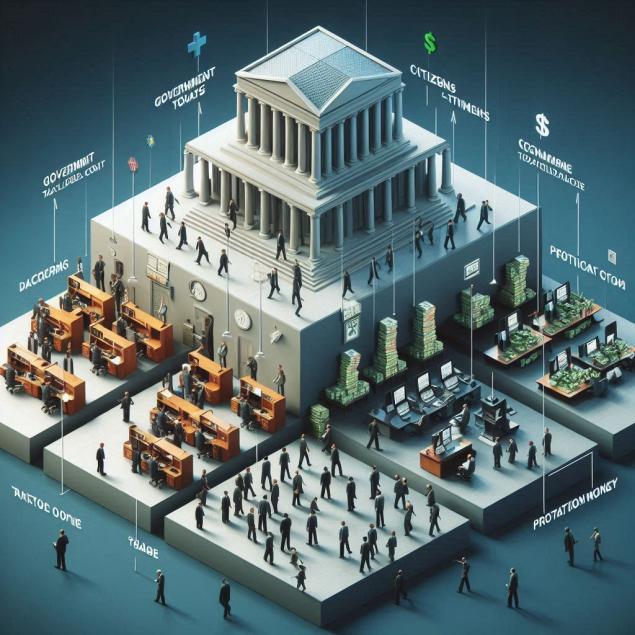
Parallels of resource-gathering mechanisms in formal and informal systems of government
4. Territorial control
Both states and mafia organizations seek control over certain territories. They mark borders, guard them, and respond to invasions by outside forces. Historical examples, such as the mafia’s control of areas of major American cities in the twentieth century, demonstrate how criminal organizations can establish quasi-state control over limited territories.
5. Codes and norms of conduct
Both institutions set rules for their members and controlled populations. The state does this through legislation, the judiciary and law enforcement. The Mafia through its own codes of honor, omertu, and internal conflict resolution mechanisms. In both cases, breaches of norms lead to sanctions whose severity ranges from fines to the physical destruction of the offender.
Interestingly, in times of social crises and weakening state institutions, mafia structures can perform quasi-state functions such as dispute resolution, protection of local populations, and even social assistance. This can be seen in post-conflict societies, disaster zones or areas with low confidence in formal institutions.
Fundamental differences
1. Legitimacy and legal status
The key difference between the state and the mafia is legitimacy based on social contract, constitutional mechanisms, and international recognition. The state operates openly, relying on public law, while the mafia operates in the shadows, avoiding official control. The legitimacy of the state allows it to mobilize the resources of society to solve common problems, which the mafia cannot do on a comparable scale.
2. Universality vs selectivity
The state, at least in theory, has an obligation to provide equal protection and access to public goods to all citizens. The mafia, by contrast, is selective in its patronage and protection, based on loyalty, ethnicity, or the financial capabilities of customers. This fundamental difference reflects the different nature of these institutions: the state as the universal protector of the public interest vs. the mafia as a structure pursuing private interests.
3. Conflict resolution methods
The state has formal dispute resolution procedures through a judicial system based on the principles of fair process and the rule of law. Mafia justice, while sometimes effective in the short term, is usually arbitrary, opaque and based on power and personal connections rather than universal principles.
4. Attitudes towards violence
While both the state and the mafia use violence, there is a fundamental difference in its legitimacy and control. State violence is limited by law, accountable to the public (through elected representatives, the media, civil society) and aimed at maintaining general order. Mafia violence, by contrast, is arbitrary, unaccountable, and serves the private interests of the organization and its leaders.
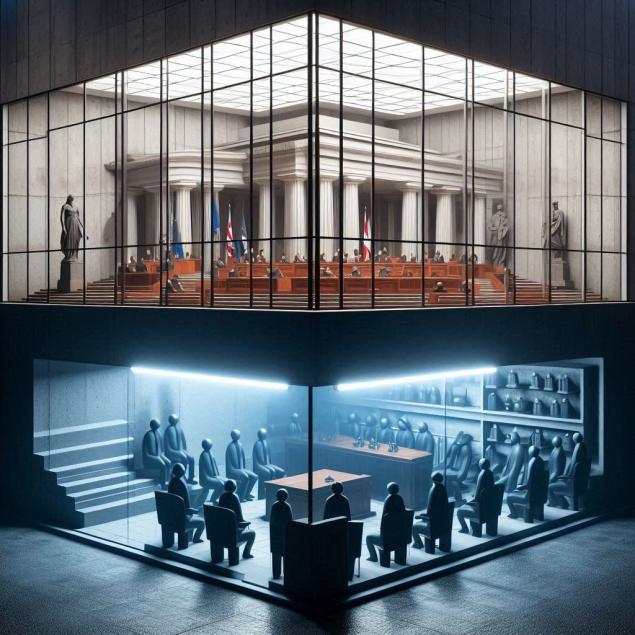
The contrast between an open justice system and shadowy conflict resolution mechanisms
How to understand these parallels in everyday life
- Analyze the sources of power in your surroundings. Determine which institutions (official and informal) influence your life, and whether their power is based on legitimate authority or the threat of violence.
- Evaluate the effectiveness of government institutions. In regions where the state inefficiently performs its basic functions (security, justice), there is a power vacuum that can be filled by informal structures.
- Develop critical thinking when perceiving government rhetoric. Governments often use legitimizing narratives to justify their actions - it is important to distinguish between the real protection of the public interest from their imitation.
- Participate in strengthening legitimate institutions. Civic activism, public control and participation in democratic processes are ways to strengthen the state as a defender of public interests, opposing the “privatization” of violence and power.
- Study the history of state building. Understanding the historical process of the formation of modern states will help to realize that the monopoly on legitimate violence is the result of long-term social development, not a given.
“The state and the mafia are two sides of the same coin of power. Their resemblance shows us the nature of power as such; their differences demonstrate the path that humanity has taken from the right of the strong to the social contract. ?
Charles Tilly, American sociologist
The Evolution of Relations: The State and the Mafia in Historical Context
The relationship between the state and mafia structures has historically changed from open confrontation to complex symbiosis and even integration. During periods of weakness of state institutions (post-war periods, economic crises), mafia structures often expanded their influence, filling the power vacuum. On the contrary, the strengthening of the state was usually accompanied by the displacement of the mafia from the public sphere into the deep underground.
The transformation of mafia organizations into legitimate political forces in countries with economies in transition or post-conflict societies is particularly indicative. Some organized crime leaders in the post-Soviet states of the 1990s subsequently legalized their activities and integrated into the political and economic elite.
Modern research shows that the most effective method of combating organized crime is not only violent suppression, but also strengthening legitimate state institutions, increasing their effectiveness and public trust in them. When the state effectively performs its functions (protection, justice, social security), the need for “alternative” power structures is significantly reduced.
Conclusion: Learning from Parallels
A comparative analysis of the state and the mafia allows us to better understand the nature of power, legitimacy, and social control. These parallels are not just of academic interest; they have practical implications for understanding contemporary political processes, especially in regions with weak institutions or during periods of social transformation.
Transparency, accountability and a vibrant civil society are needed to ensure that the state effectively performs its role as a protector of the public interest and does not become an instrument of private enrichment. Ultimately, the key difference between the state and the mafia lies not so much in its methods as in its legitimacy and public good.
Understanding these mechanisms is an important step towards building a society where the monopoly on violence really serves the interests of all citizens, not a privileged minority. While the ideal state remains a goal rather than a reality, understanding the structural similarities and differences between different forms of power helps us move in this direction.
Glossary of terms
legitimacy
The recognition of the legitimacy of power by society, based on the consent of the governed with the existing order. Legitimate power rests not so much on coercion as on the voluntary subjugation of citizens.
Monopoly on violence
According to Max Weber, the state is the only entity entitled to the lawful use of physical force in a given territory.
Social contract
A philosophical concept that explains the origin of the state as the result of an agreement between people who voluntarily limited their freedom in exchange for protection and public order.
omerta
A code of silence in mafia organizations prohibiting cooperation with official authorities and disclosure of information about the activities of a criminal group.
Racket
Criminal activity involving extorting money through threats or violence, often masquerading as providing "protection."
Clientelism
A system of social relations based on the patronage of influential persons (patrons) to their wards (clients) in exchange for various services and loyalty.
Corruption
Abuse of trusted power for private gain is a form of “privatization” of public functions.
The shadow economy
Economic activities hidden from official accounting and taxation, often involving illegal activities or evasion of government control.
How do you learn to think and start winning?
Weather and mood: The Invisible Connection of Nature and the Psyche


